WoW Midnight cinematic controversy: Ion, and players’ visions
The Midnight cinematic drama explained: fan backlash, Ion’s defense, and examples showing Blizzard’s history of emotional storytelling beyond humans.
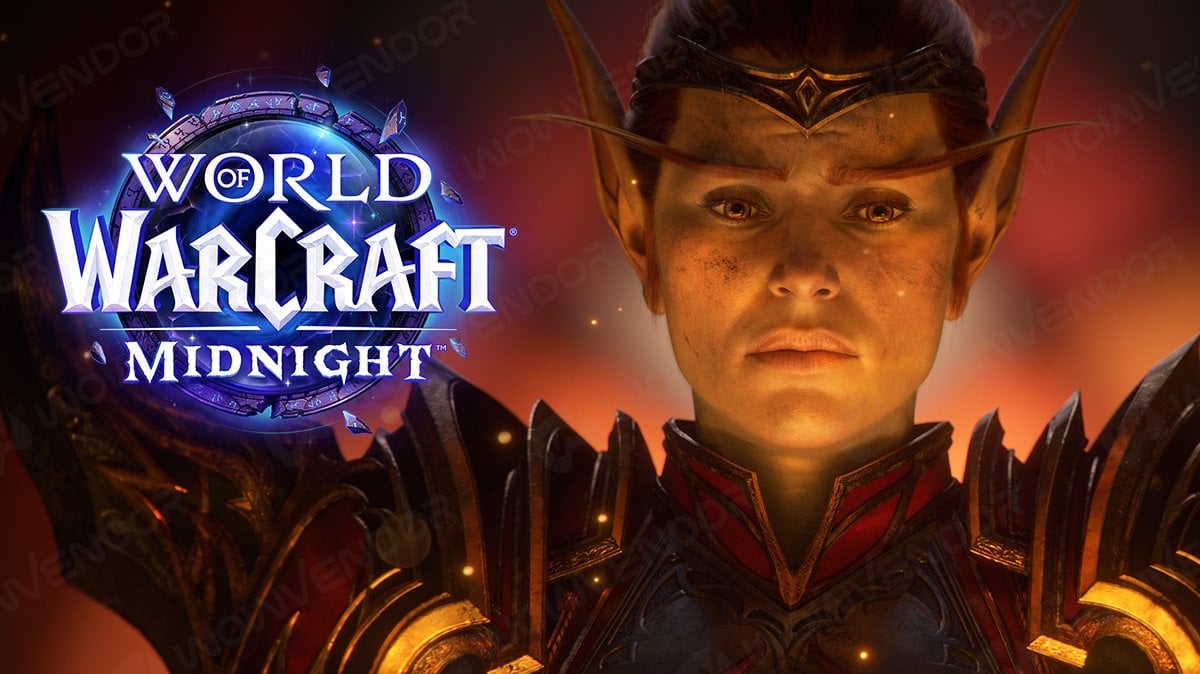
Table of Contents
Key takeaways
- The Midnight cinematic drama stems from fans finding the visuals too human-like and inconsistent with in-game models.
- Ion Hazzikostas explained that the cinematic team prioritized human emotions over strict adherence to game designs.
- Players highlighted past Blizzard works as proof that strong emotions can be conveyed without human faces.
After gamescom 2025 Midnight cinematic announce, Blizzard has received a lot of criticism in regards of certain topics in cinematic. Buffed.de interviewed Ion Hazzikostas about World of Warcraft’s Midnight cinematic, where he revealed the team prioritized human-like emotions over strict adherence to in-game models.
Related posts:
Learn more further down in the article. Don’t forget to check all of the announced new Midnight features.
Midnight cinematic controversy in a nutshell
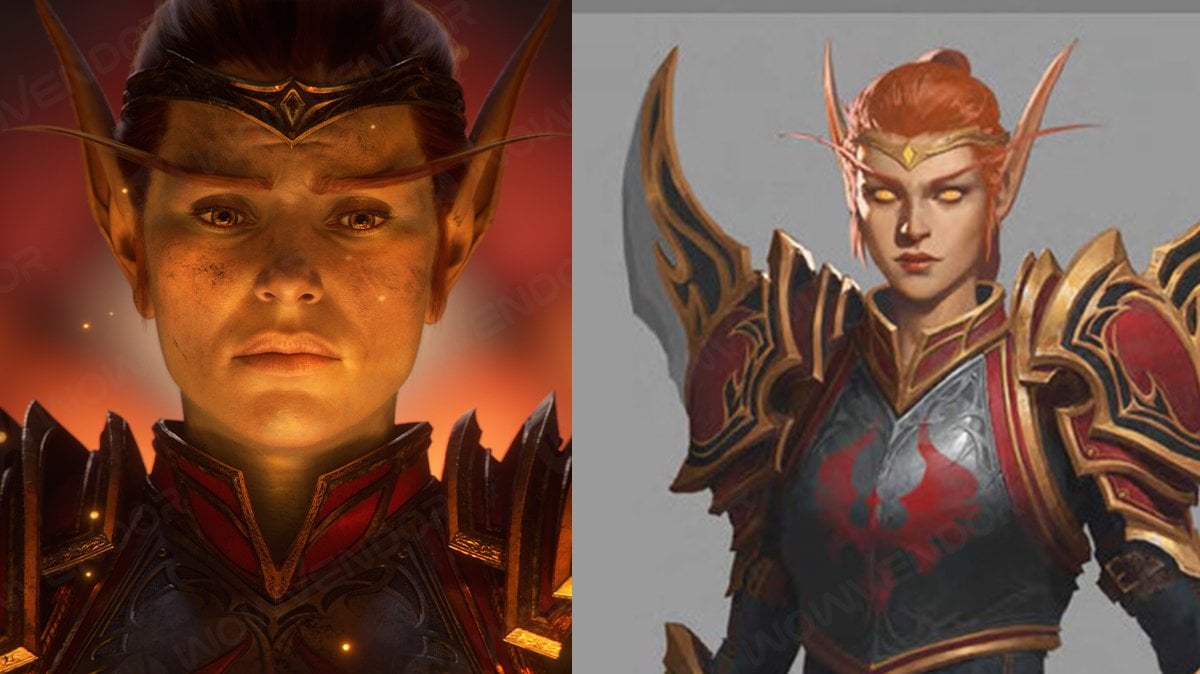
After the debut of the long-awaited Midnight cinematic, many players expressed disappointment. The faces were often described as plastic and unnatural, especially when compared to the level of detail seen in The War Within cinematic. Fans also noticed that several characters looked noticeably different from their in-game models and even from the official concept art — something later confirmed when the cinematic’s concept artwork was released.
Note
Concept art is never the final product, and it can undergo changes at every stage of production.
In an interview with buffed.de, Ion was asked directly about the choice of art style:
The cinematic was celebrated by most players, but there were also critical voices who didn’t like the new style of the blood elves. According to some players, the blood elves looked more like humans with pointy ears rather than the way we know them from the game. Was this new realistic style intentionally chosen?
— Buffed representative.
To which Ion responded:
I can only pass this on second-hand, but our cinematic and story team focused on emphasizing human emotions in this cinematic. Liadrin’s despair, for example. Or Lor’themar’s contempt and his spitting. These human reactions are difficult to portray if the character’s eyes are, for instance, completely glowing gold, or if a character closely based on the in-game model cannot express certain features in their facial expressions.
— Ion Hazzikostas.
Emotional storytelling in Blizzard cinematics
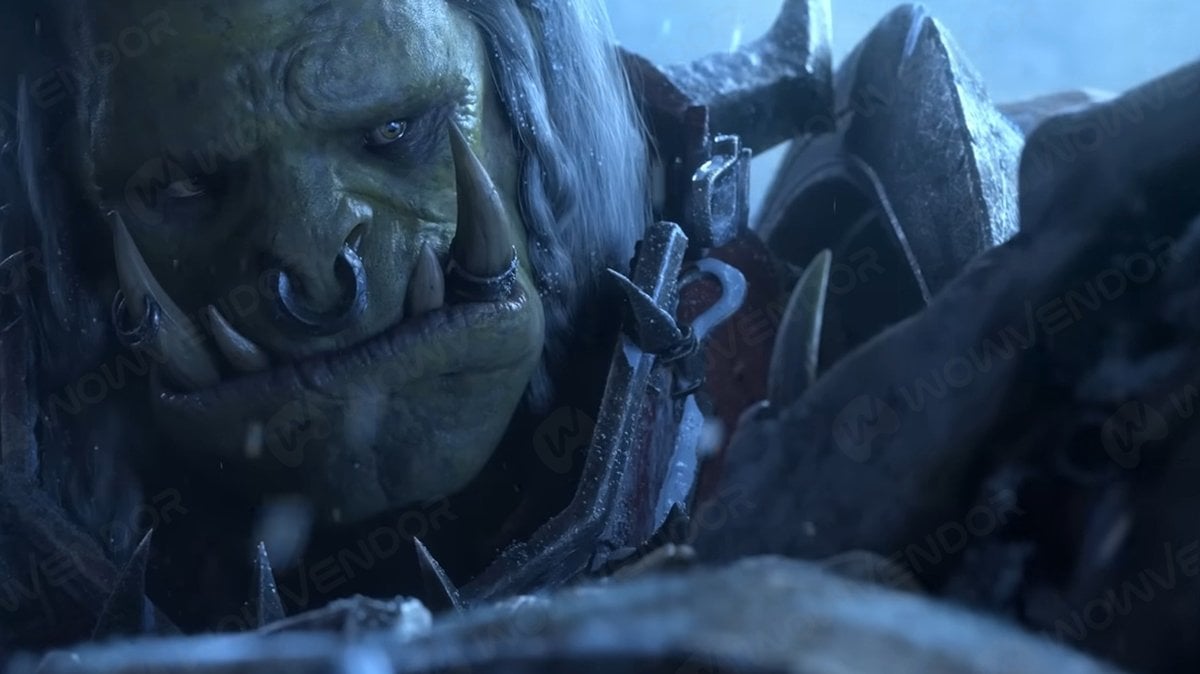
In response to Ion’s claims, players have pointed out numerous examples of Blizzard successfully conveying deep emotions through non-human characters. One of the strongest examples comes from the Battle for Azeroth cinematic series, particularly with Varok Saurfang. Despite being an orc with brutish features, prominent tusks, and a stoic demeanor, we saw him grieve, rage, and even hope. These moments became some of the most highly praised cinematics in World of Warcraft history.
Interestingly, there’s also an example of a character expressing emotion almost entirely through glowing eyes in those same cinematics. After Sylvanas confessed that she didn’t care about the Horde, a Forsaken guard managed to convey disappointment with nothing more than a subtle shift in his glowing gaze.
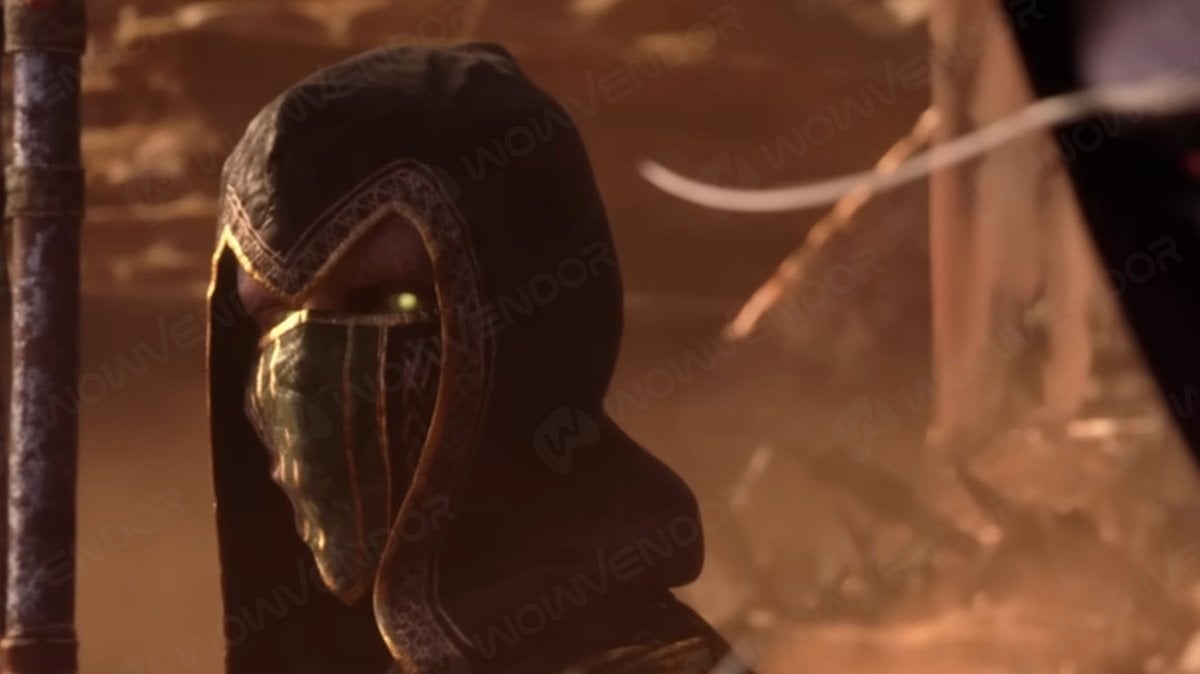
However probably the most prominent example is not set in WoW, but rather in Overwatch cinematic Last Bastion, which did not feature humans, or facial expression at all, yet conveyed so much emotions.
Public opinion

Although many players are dissatisfied with cinematic, to call the Midnight cinematic an emotionless mess would be going too far. Many players argue that the Midnight cinematic controversy has been blown out of proportion. Responding to the criticism, Reddit user Xclbr1 highlighted that Liadrin’s prayer conveyed both emotional depth and narrative weight.
And that wraps up our Midnight cinematic controversy! If you are having problems with getting TWW feats you can try out WoW boosting services to accelerate you progress.
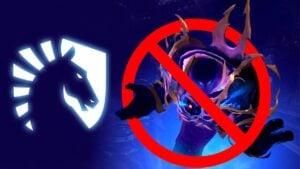
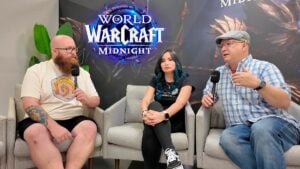
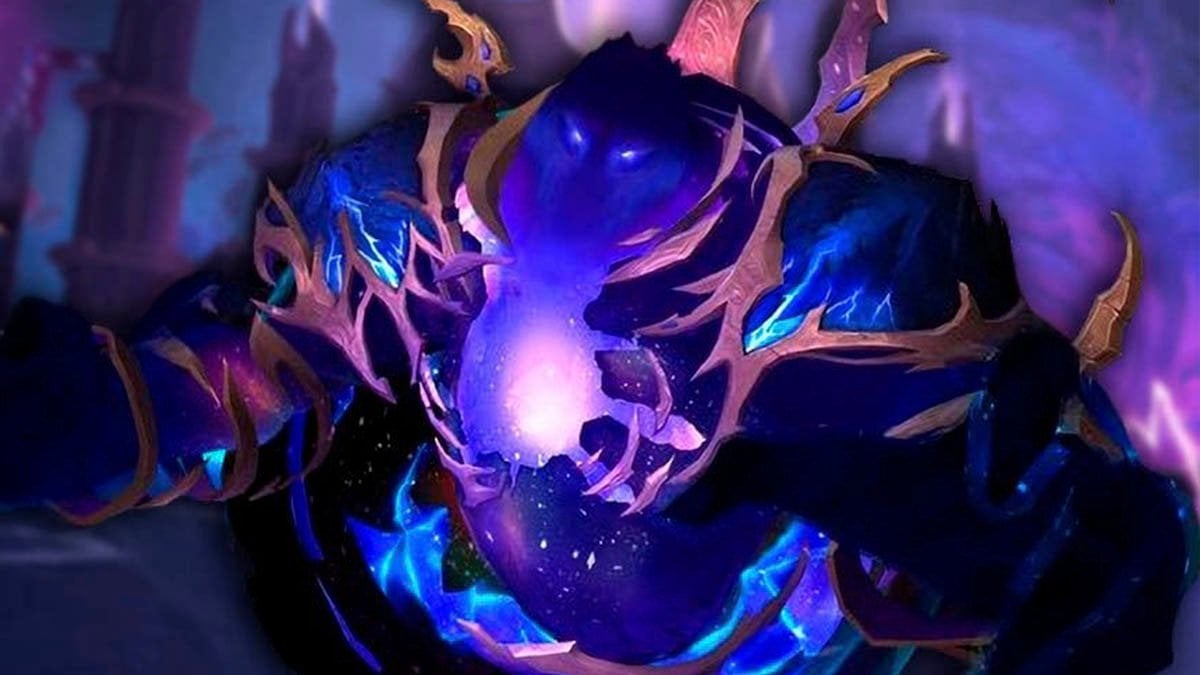
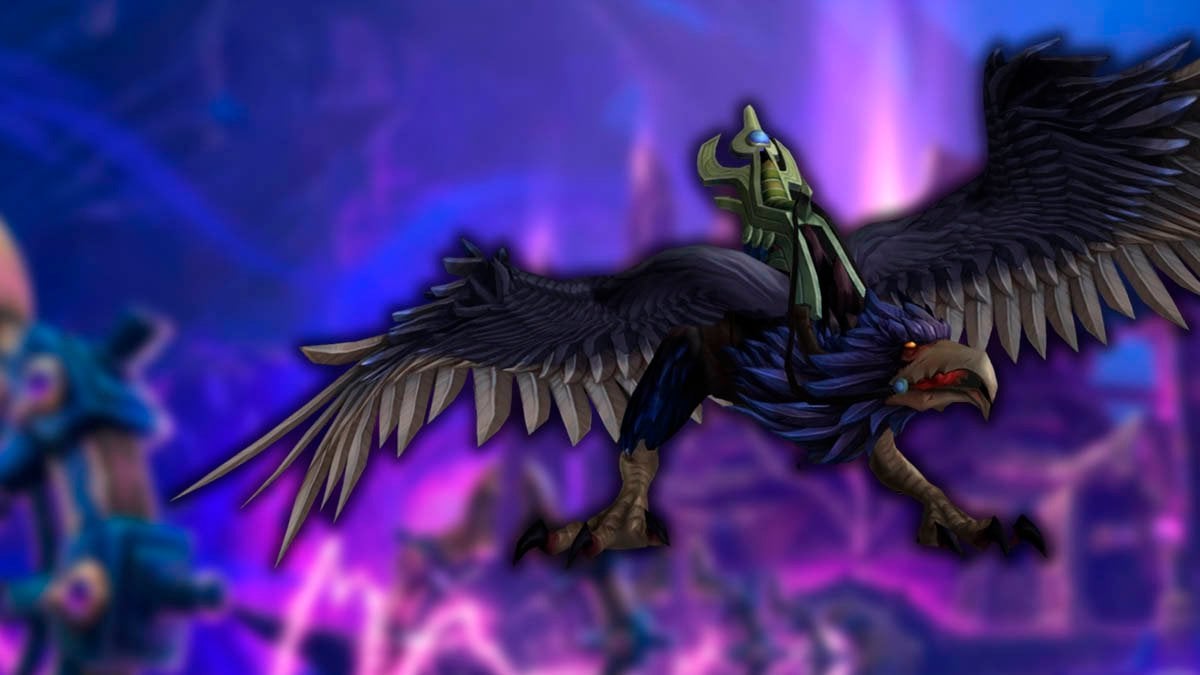
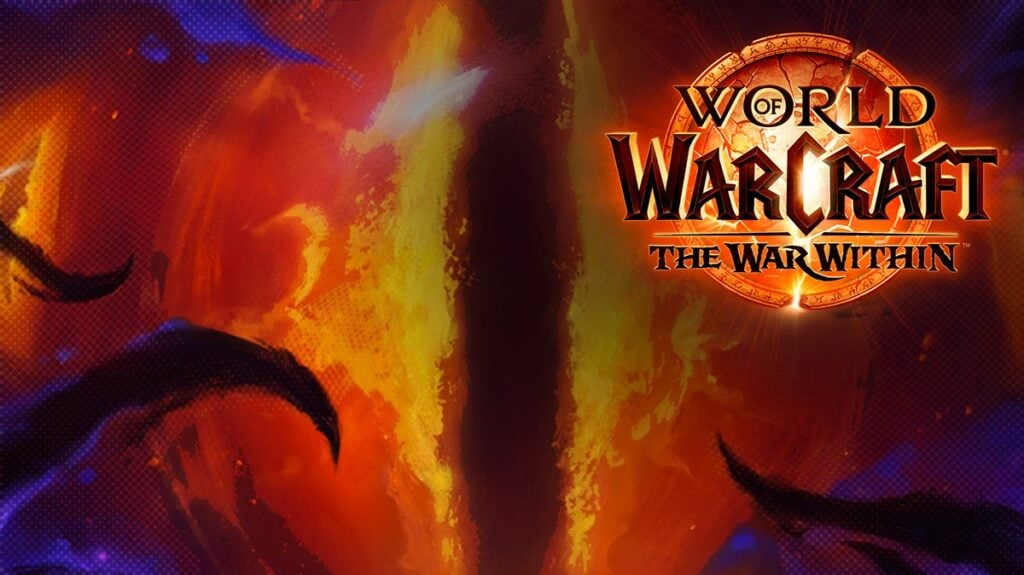
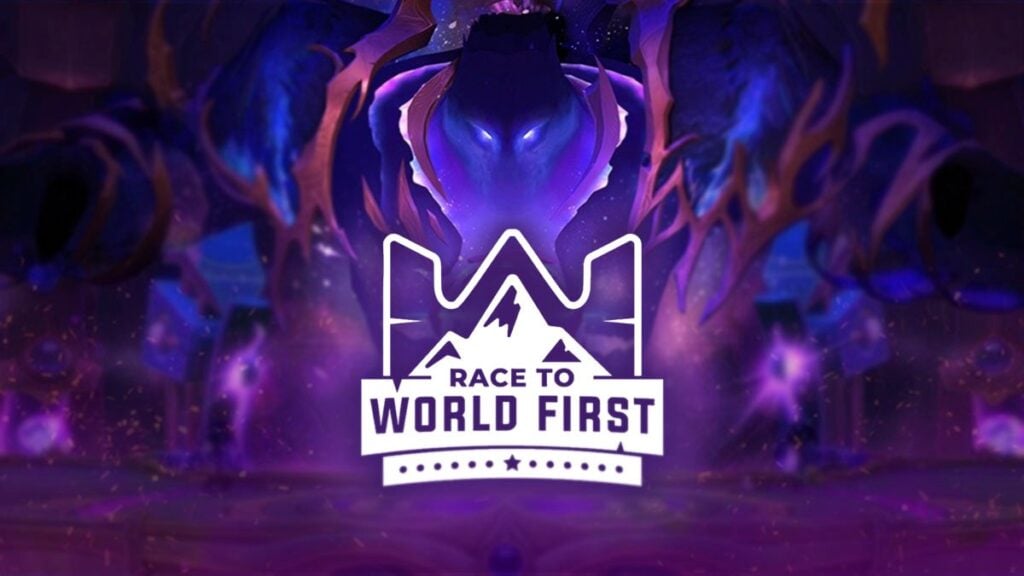
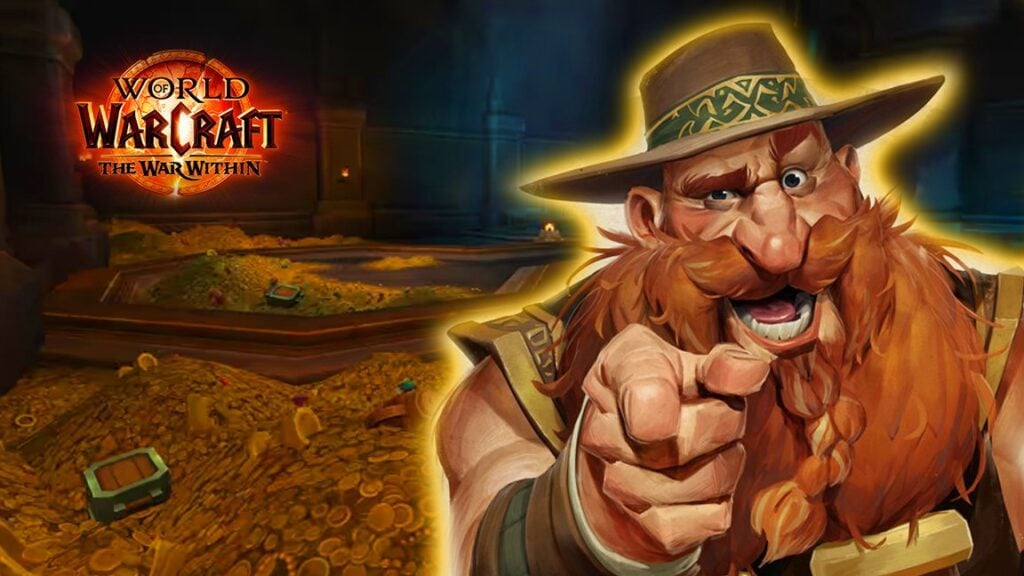
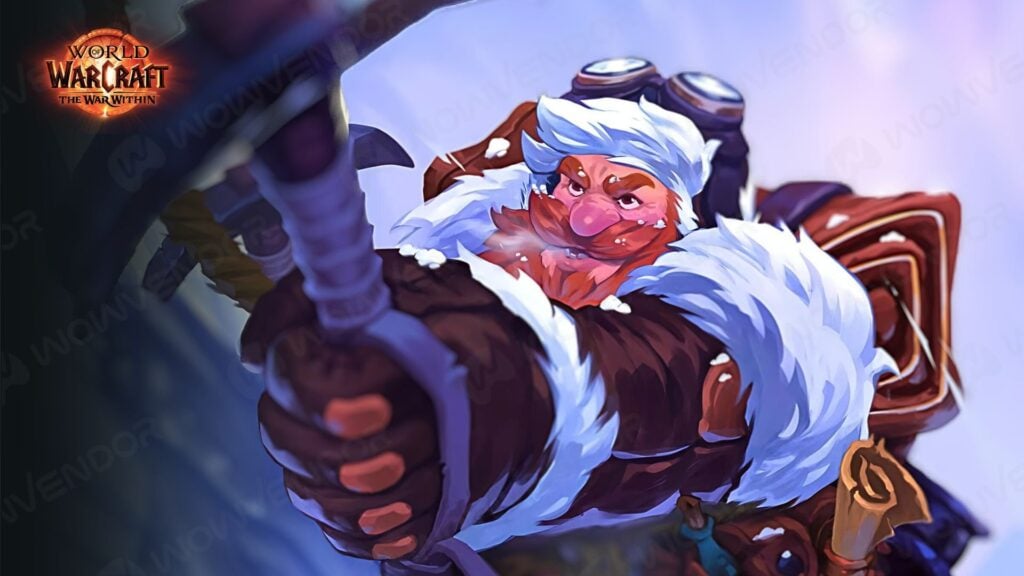

Comments